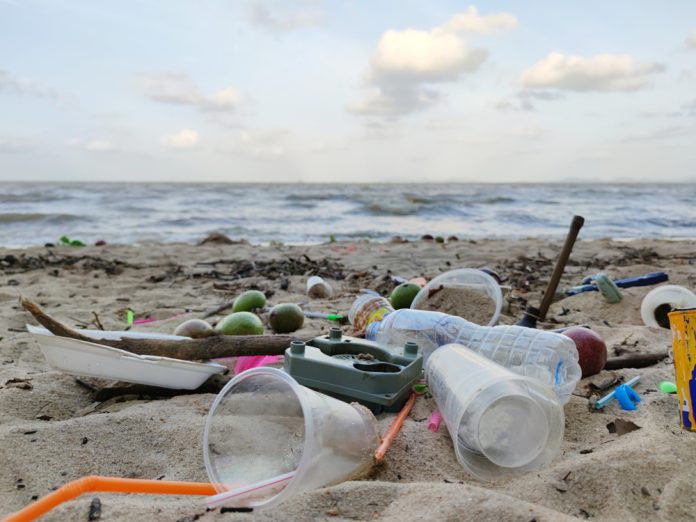According to new research, litter pollution is an escalating environmental crisis in the UK, with coastal communities experiencing nearly 60% more litter than inland areas.
The study sheds light on how population density and community characteristics influence litter accumulation.
With an increasing focus on environmental conservation, these findings highlight the urgent need for region-specific waste management strategies.
The study was conducted by researchers from the International Marine Litter Research Unit at the University of Plymouth, in collaboration with ZSL, Nantes Université, and Surfers Against Sewage.
Study unveils shocking litter trends
The groundbreaking study was the first of its kind in the UK to investigate how population density and local community factors contribute to the accumulation of litter pollution.
A diverse network of 97 citizen scientists participated, spanning coastal locations such as Cornwall, Cumbria, and Kent, as well as urban hubs including London, Leeds, and Leicester.
These volunteers conducted monthly litter picks at designated sites over a five-month period, meticulously documenting their findings through a smartphone application.
Between May and September 2021, nearly 28,000 pieces of litter were collected. Among the most common waste items were over 9,200 fragments of hard plastic, 9,150 food wrappers and packaging materials, and 6,300 cigarette-related items, including cigarette butts and lighters.
Leader of the study, Dr Imogen Napper, Visiting Research Fellow at the University of Plymouth, added: “Litter pollution is a pressing environmental challenge, yet we still lack a full understanding of where it originates, how it spreads, and which solutions are most effective.
“To build a clearer picture, our research worked with almost 100 volunteers who tracked waste in their local areas, a demonstration of how communities can provide crucial evidence to drive change.
“The data revealed how geography and community type shape litter patterns, highlighting the urgent need for tailored waste strategies to be designed and delivered in different areas.”
Coastal areas suffer higher litter density
The study revealed a stark contrast in litter pollution density between coastal and inland areas.
Coastal regions recorded an average of 0.053 litter items per square meter, compared to 0.03 items per square meter in inland areas – an alarming 60% increase.
Additionally, urban locations consistently showed higher litter levels than their rural counterparts, regardless of proximity to the coast.
One of the most concerning findings was the significant influx of new litter in coastal communities over the five-month period. In contrast, inland areas saw either stable or declining litter levels.
Researchers suggest that this could be due to multiple factors, including litter being transported to the coast via rivers and storm overflows, as well as increased littering from tourists and holidaymakers during the summer months.
Urban vs rural
While coastal urban and rural communities had similar levels of litter, inland urban areas experienced substantially more pollution than their rural counterparts.
This highlights the critical impact of population density and human activity on litter pollution.
Cities generate vast amounts of waste, and without proper disposal and waste management systems, much of this waste can end up in the environment.
Developing tailored waste management strategies
The findings underscore the need for region-specific waste management approaches.
Coastal regions, particularly those that attract seasonal visitors, require stronger waste disposal systems and awareness campaigns to address the seasonal influx of litter.
Likewise, urban areas must implement stricter waste management regulations, increased public awareness, and improved recycling infrastructure to curb littering.
With litter pollution posing a growing threat to both marine and terrestrial ecosystems, policymakers, businesses, and individuals must collaborate to develop sustainable solutions.
By adopting targeted strategies based on local litter trends, the UK can move closer to reducing its environmental footprint and preserving its natural landscapes.
A call to action: What can you do?
Individuals can play a crucial role in combating litter pollution. Simple actions such as participating in community clean-up events, reducing single-use plastics, disposing of waste responsibly, and supporting environmental campaigns can make a significant difference.
With collective effort, the UK can work towards a cleaner, healthier environment for future generations.
Litter pollution remains a pressing concern, but through proactive waste management and community engagement, we can take significant steps toward mitigating its impact.









